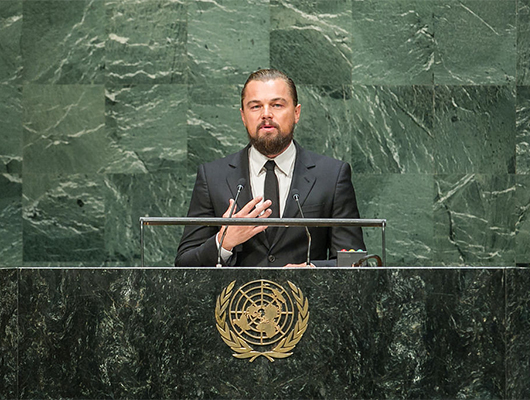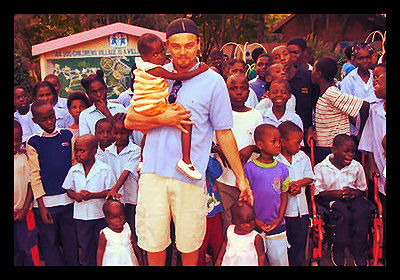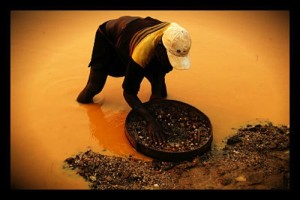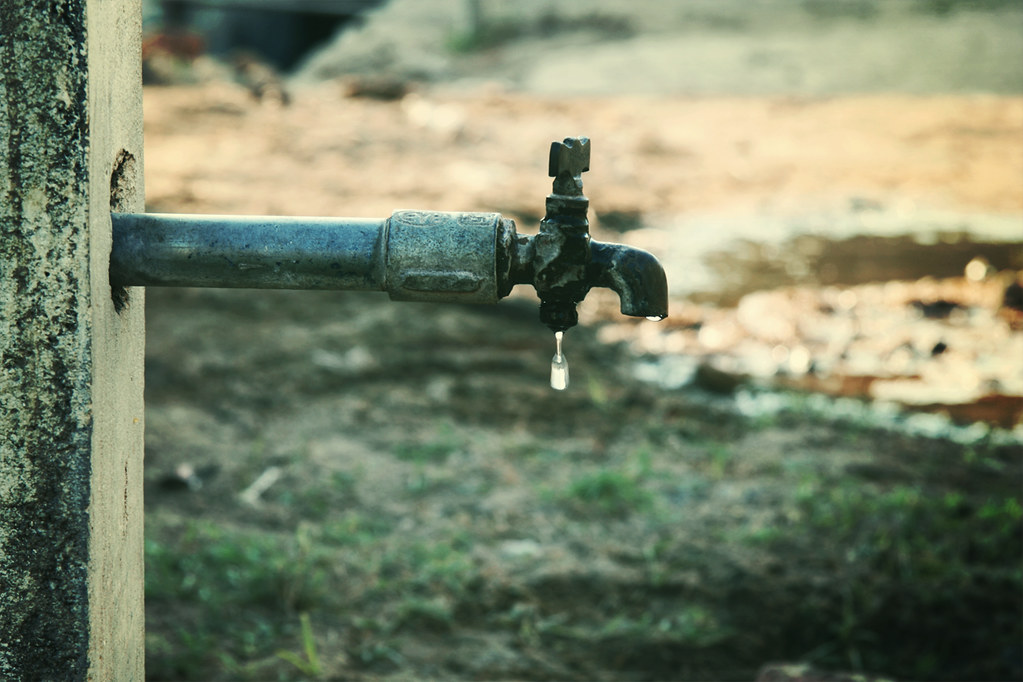
Chennai, the capital of the South Indian state of Tamil Nadu, faces a water shortage that threatens the lives of 9 million residents. The city heavily relies on groundwater, which has completely dried up. Ironically, the city is prone to flooding caused by the heavy rains of the monsoon season. The local government failed to harness rainfall during the monsoon season, which was less than usual last year, causing water reserves to remain unfilled. With no further preparation of the inevitable, stored water continued being depleted and resulted in a water crisis in Chennai.
Only Rain Can Save Chennai
Hollywood actor Leonardo DiCaprio posted on Instagram, saying that “only rain can save Chennai from this situation.” The picture was of women trying to draw water from an almost empty well. DiCaprio drew attention to the water crisis in Chennai in hopes of highlighting how devastating the conditions are, and to spread awareness about the importance of preparing for droughts.
The Cause of the Problem
The cause of the drought is the vast amount of urbanization in Chennai. Buildings were quickly built on top of underground water reserves, which eventually dried up due to a lack of rainwater being able to enter them. For example, “in the 1920s…the ancient 70 acre Mylapore tank was filled up to create what is now a bustling residential and commercial area called T Nagar.” This means that the citizens of Chennai have to rely on outside water being brought in.
Getting Water from the Government
One solution for the people of Chennai is to order water from government water trucks. Each day these trucks bring water to a community or neighborhood for people to fill up their reserves. However, current water tankers have long and increasing wait time, causing further problems. Citizens turn to private tankers, but these sell water “for six times the price [of government tankers].” Until the water tanker process can be made more efficient, people are forced to deplete their savings to pay for water, or even move out of Chennai.
Other Possible Solutions
An alternative solution is to invest in the latest technology to make water more accessible for everyone, such as more desalination plants that make saltwater drinkable. One example is the Minjur desalination plant, which is “35km north of…Chennai,” and is the largest desalination plant in India. It has “a capacity of 100 [milliliters/day]” and could potentially help around 500,000 people in Chennai. The state government hopes to use the plant to help in future water crises.
Ironically, Chennai already has a solution, rainwater harvesting, which is mandatory for all buildings by law. This is the simple process of collected rainwater from buildings which can then be stored for later use. According to The Washington Post, the rainwater harvesting process “has not been rigorously implemented or monitored” leaving many people blaming the Chennai government for their inefficiency and lack of preparation for what is the slow and steady degradation of Chennai’s water supply.
While millions of Chennai citizens currently struggle to get drinking water, it is important to remember that there are solutions that can be implemented to stop a water crisis from reoccurring in the future. Solutions such as desalination plants, water trucks and rainwater harvesting are all steps in the right direction to ensure water access for the millions who need it.
– Anish Kelkar
Photo: Flickr
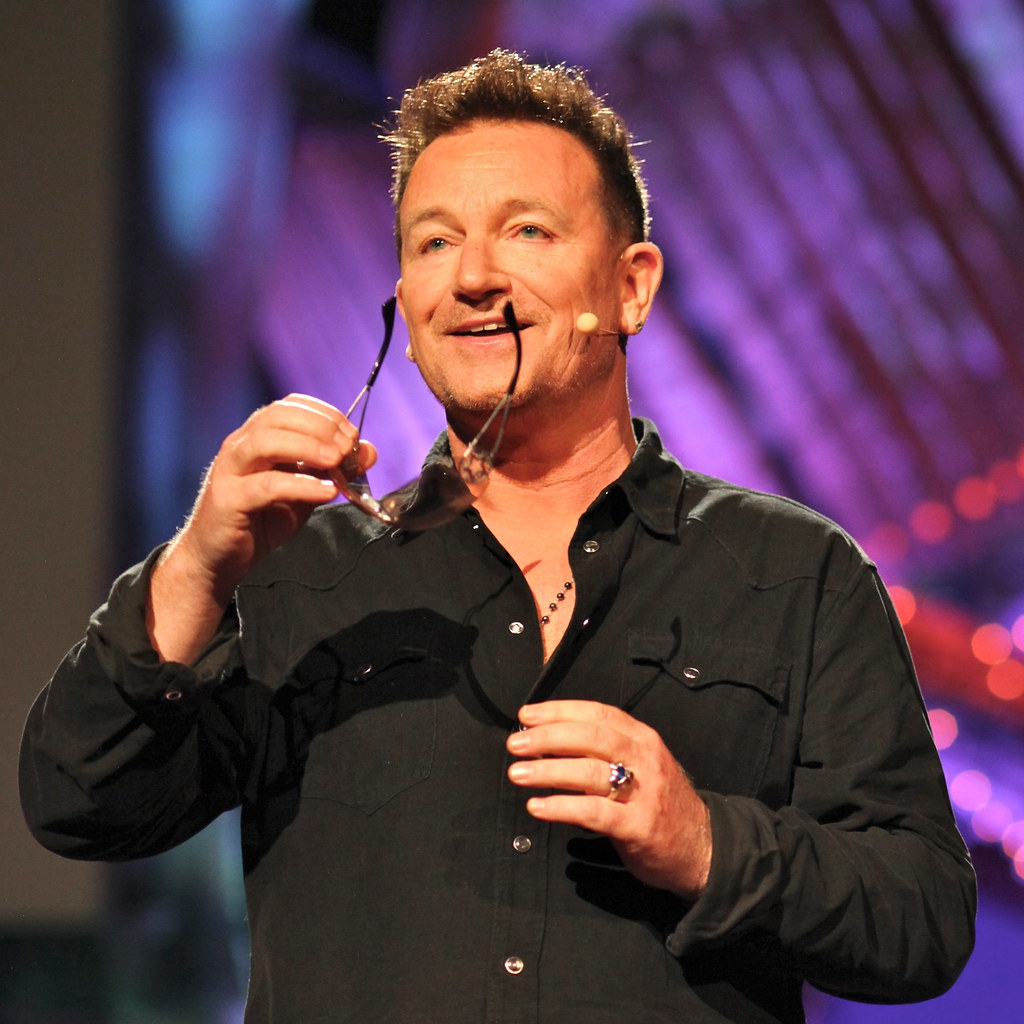
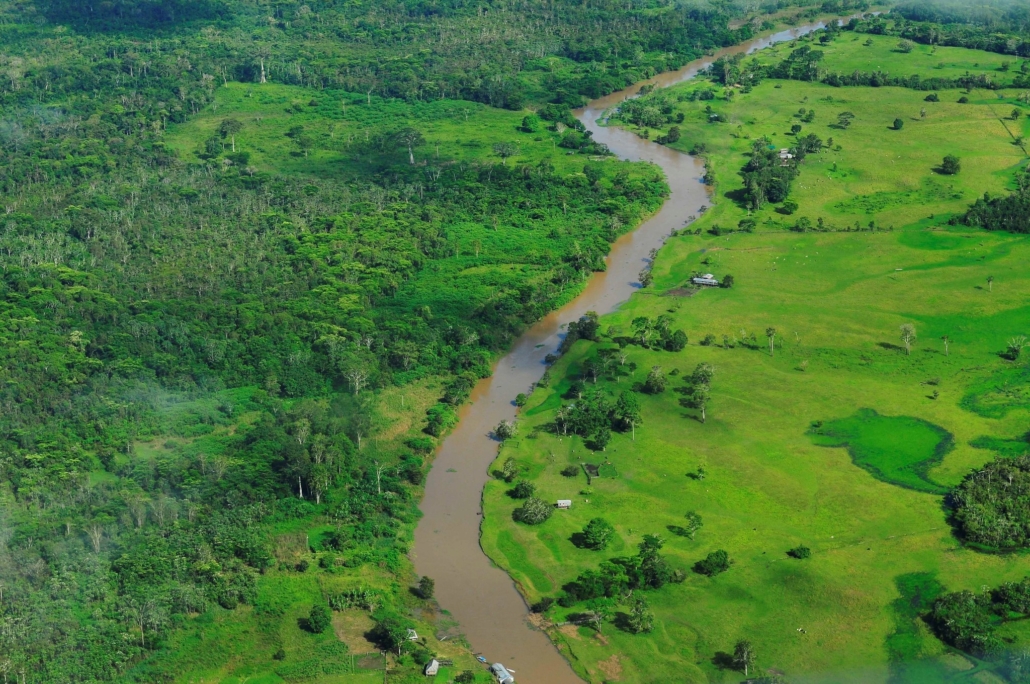
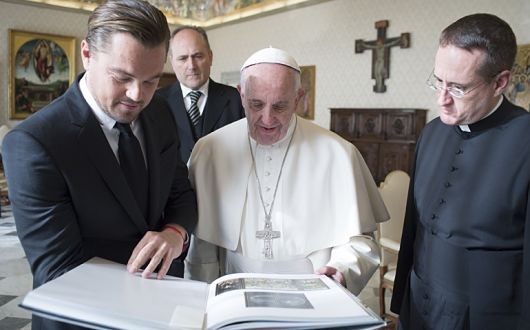 Leonardo DiCaprio’s charity work spans a wide range of worthy causes. He has used his celebrity status to raise awareness for HIV/AIDS, conservation efforts, disaster relief and poverty alleviation. According to the celebrity news source Look to the Stars, DiCaprio has made charitable contributions to 20 different foundations in support of 17 causes.
Leonardo DiCaprio’s charity work spans a wide range of worthy causes. He has used his celebrity status to raise awareness for HIV/AIDS, conservation efforts, disaster relief and poverty alleviation. According to the celebrity news source Look to the Stars, DiCaprio has made charitable contributions to 20 different foundations in support of 17 causes.